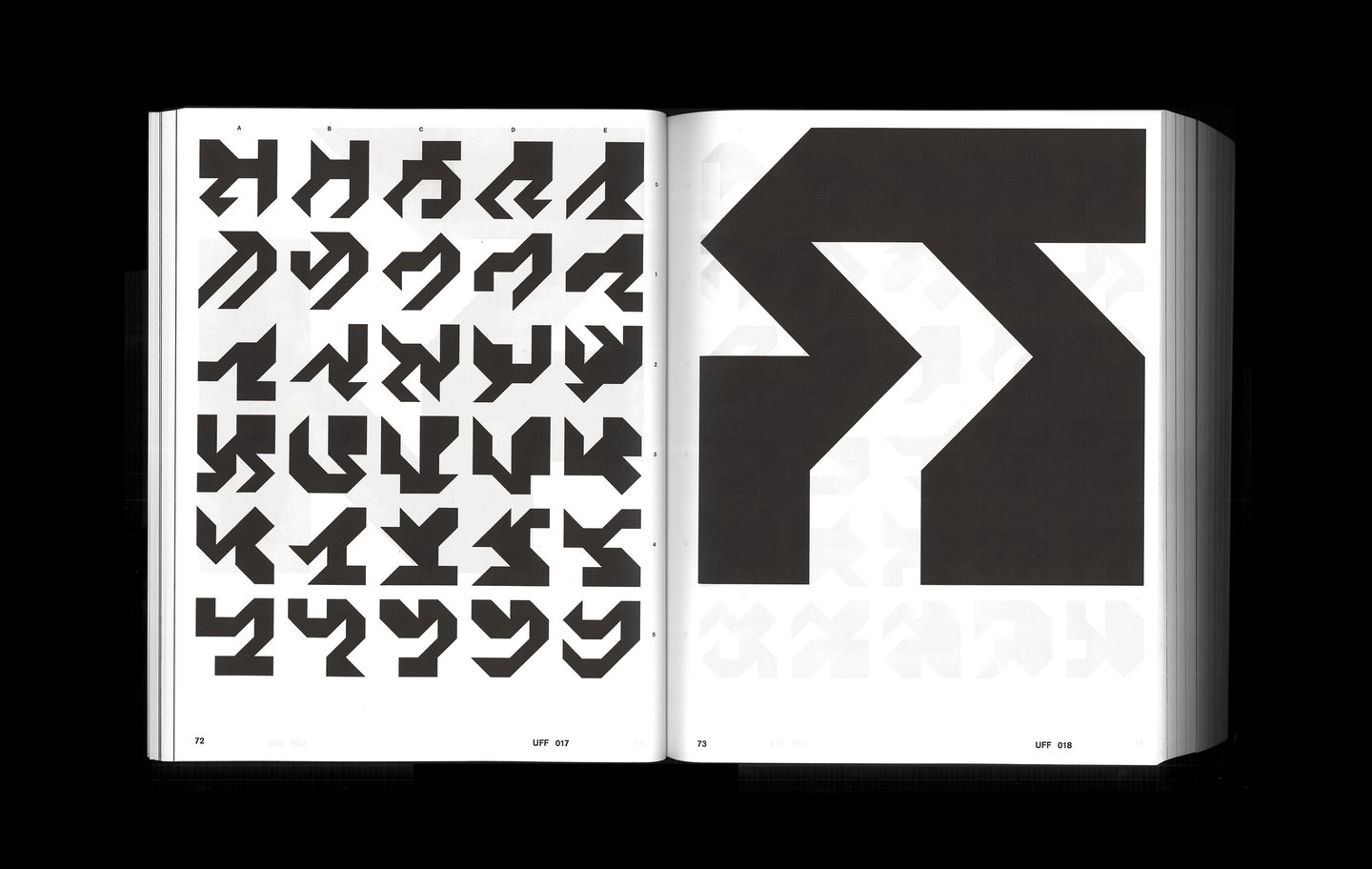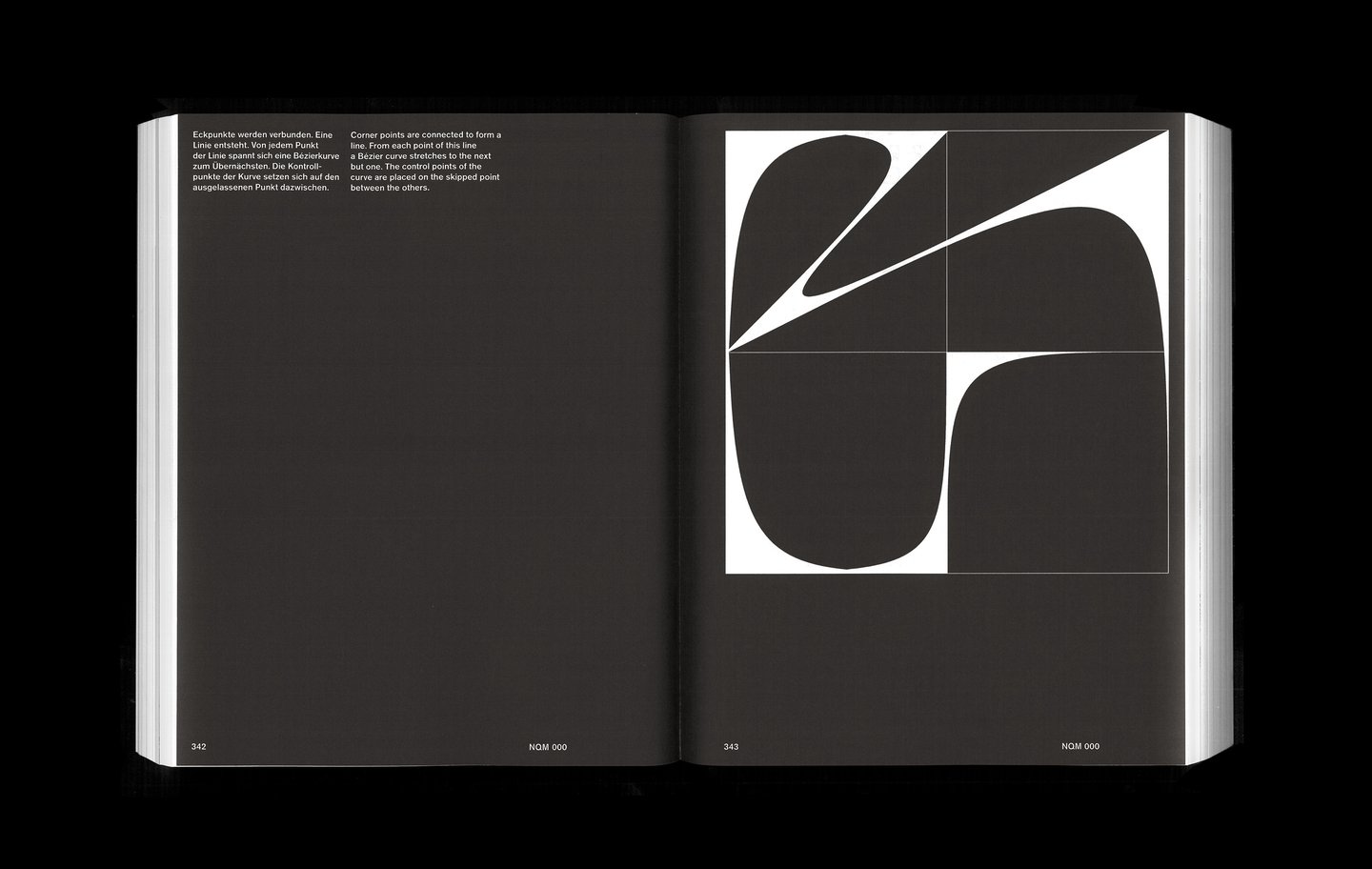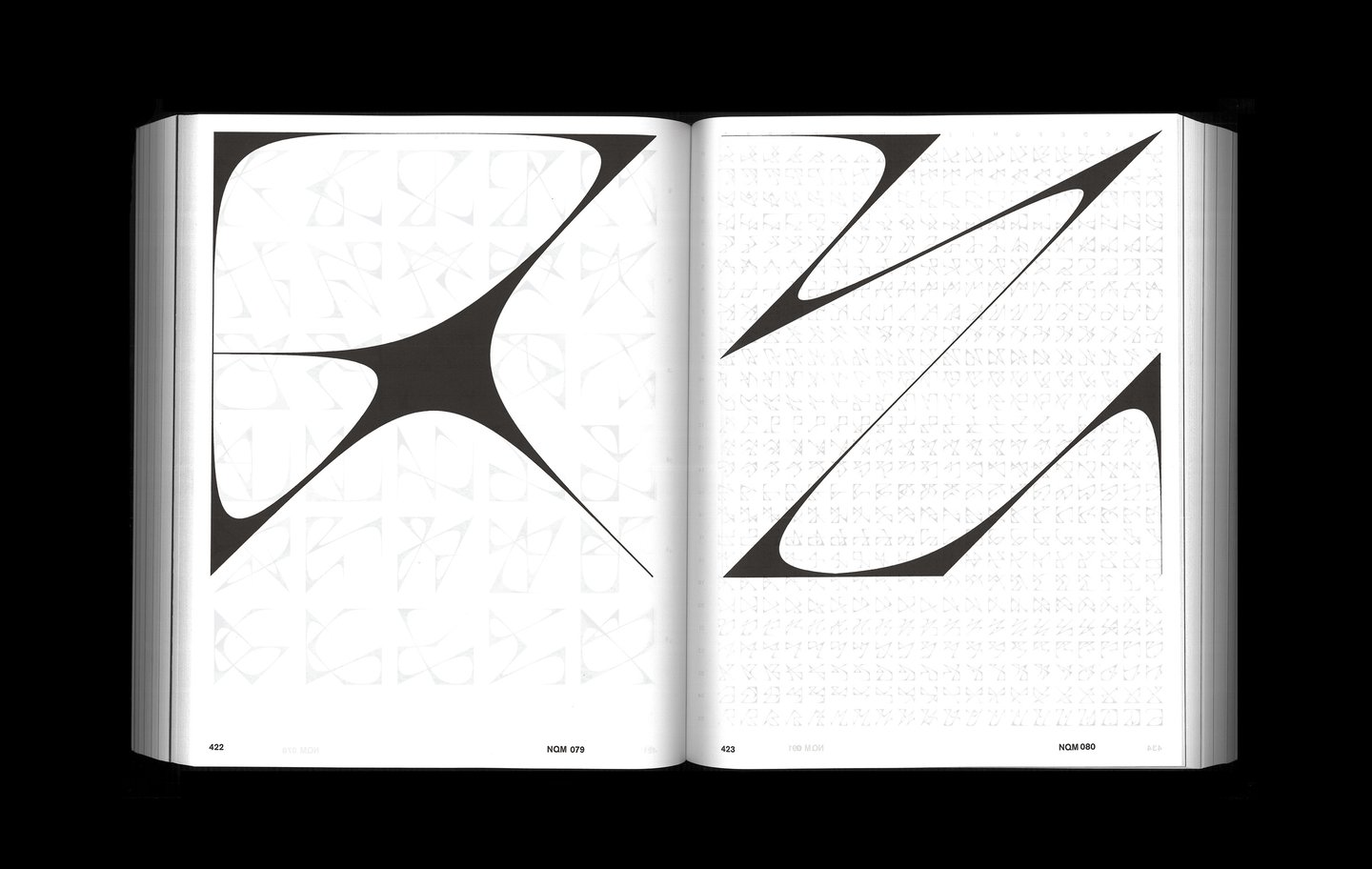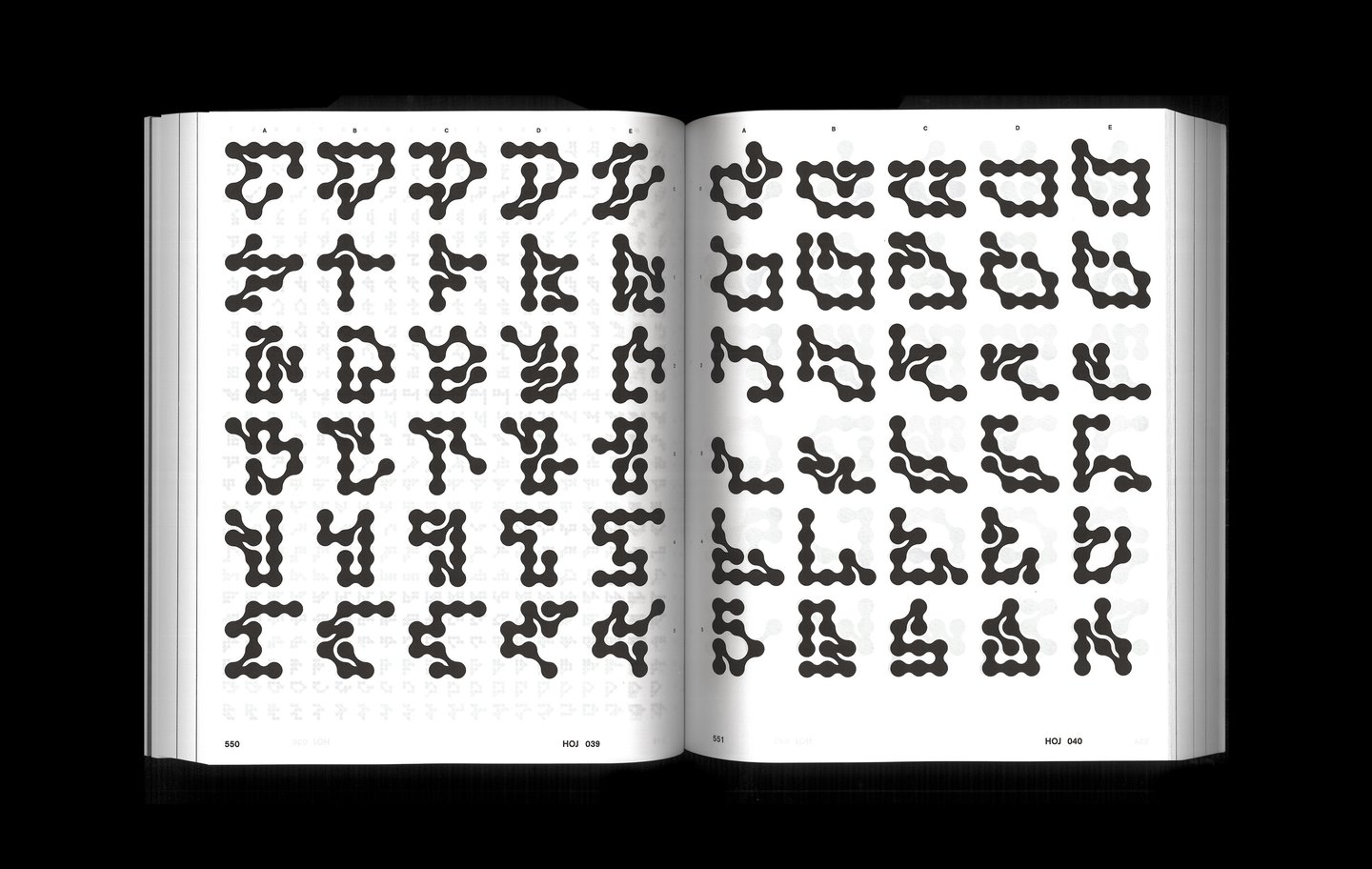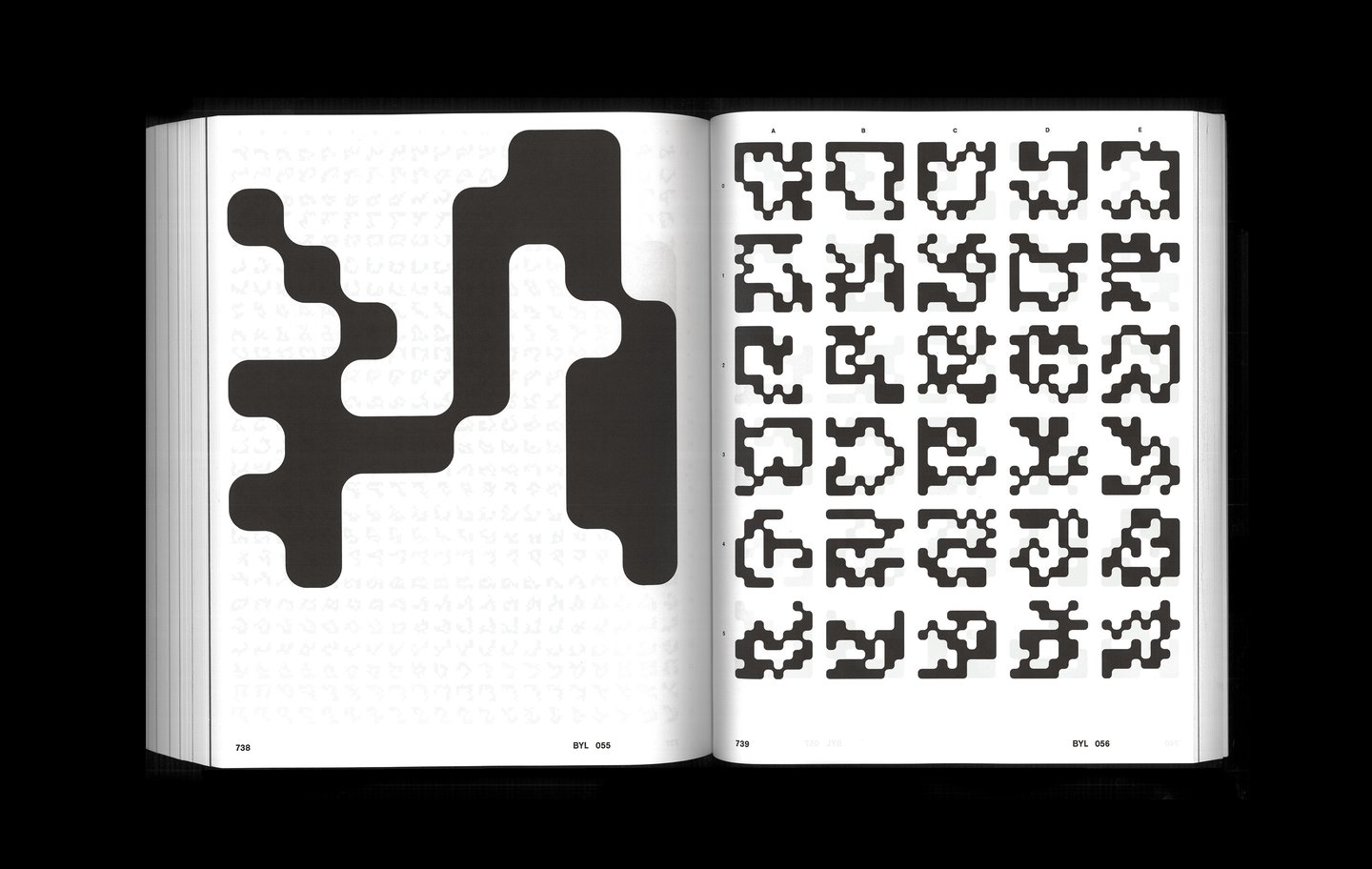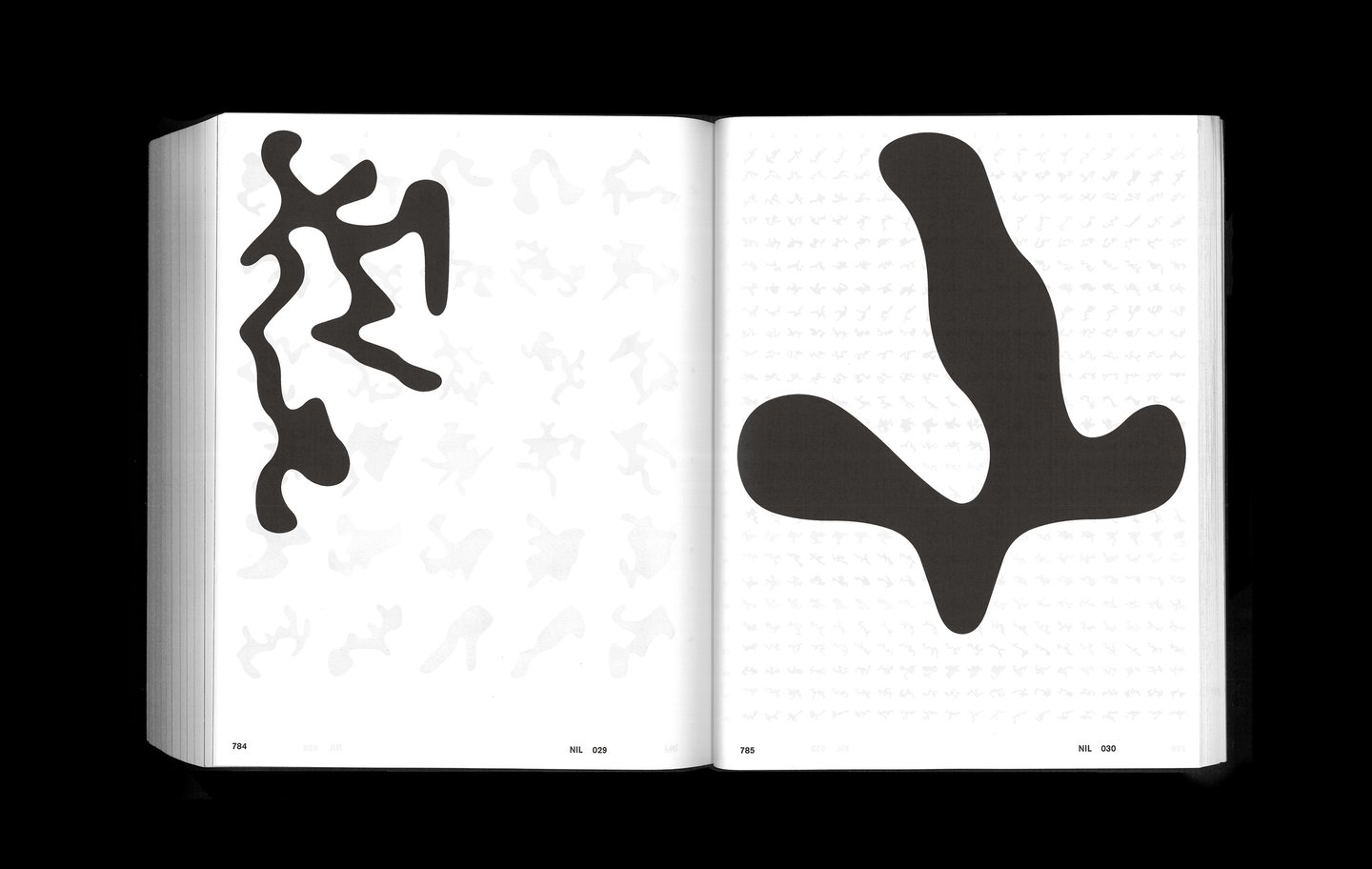When we first meet her, Annie is, appropriately enough, in a
tight and uncomfortable spot, as she’ll be time and again for the
duration of her event-filled existence. An orphan, without even the
luxury of a family name (“just Annie” as she’s quick to say), constantly
under the stern glare of the orphanage’s bullying headmistress (the
prune-faced Miss Asthma), forced to eat mush and scrub the floors, Annie
remains not just resilient but even buoyant and chipper as she prays
for some nice adopted parents.
She lives a day-to-day existence but is always hopeful for what
tomorrow might bring. If today you’re eating gruel and being pushed
around, the next day might deliver something better, as it does for
Annie when she’s taken under the wings of the good-hearted Miss Fair
and, eventually, “Daddy” Warbucks, her long-term guardian and perennial
savior. The trick for Annie is to keep watchful and alert, with an eye
out for opportunities, a willingness to speak out when necessary, and a
heart stout enough to fight for what’s right.
From the very first strip, which debuted today, ninety six years ago in the
New York Daily News,
Harold Gray established the emotional tenor that would distinguish
Little Orphan Annie. Compared to the elaborate and carefully-conceived
novel-length narratives Gray created in the 1930s and 1940s, the early
Annie strips might seem a bit crude: the drawings are roughhewn
(although his line fluid), the plotting has a shambling,
seat-of-your-pants haphazardness, and there are occasional longueurs as
Annie dawdles around while Gray waits for the next bit of inspiration to
hit.
But the main components of the strip are there from the start: at the
heart of the series is Annie, much-abused but spunky enough to fight
back with a sharp tongue and a good left hook. She serves as a moral
litmus test, and around her gathers a polarized cast of characters: on
one side are the mean-spirited, snooty types who make life rough for her
(prototypically Miss Asthma, but also Mrs. Warbucks and various spoiled
children of wealth); against them stand the good souls whose instincts
are to help Annie (Miss Fair, “Daddy” Warbucks, and the poor but kindly
farmers, the Silos). Before six months are out, Annie has acquired
another best friend, as fierce and essential a protector in his own way
as the wealthy “Daddy,” Sandy the dog.
The emotional bonds that unite these characters are established
almost instantaneously. Annie and “Daddy” immediately recognize each
other as kindred spirits. Just as Annie suffers at “the Home” (her name
for the Orphanage), “Daddy” also has an unhappy home, his wife a social
climbing shrew who cares more about pleasing Society than taking care of
either him or their adopted daughter. Annie is a little girl in need of
love and protection; “Daddy” a gruff but decent man, successful in
business but unlucky in his marriage, hungers for the warmth of family.
An intuitive alliance is forged between Annie and “Daddy” at their first
meeting. Similarly, the love between Annie and Sandy derives from
shared characters traits: as is often noted in the strip, both are
orphaned mongrels who have had to fend for themselves from an early age
and both possess an instinctive gallantry that keeps them loyal to
friends and willing to do battle with enemies. When one is wounded, the
other jealously acts as a sentinel and nurse.
*
Harold Gray was thirty years old when he created Annie and, despite
the occasional storytelling misstep and moments of uncertainty, he knew
what he was about. This confidence came from the fact that Little Orphan
Annie didn’t just spring up full-blown in a fit of wild inspiration.
Rather, the strip was the culmination of many years of hard work and
ambitious planning. Everything in Gray’s early life—his family
background and upbringing, his schooling and military service, his
wide-reading and early career—went into the making of Little Orphan
Annie. Like his famous creations, Gray was a fighter and a
straight-shooter. To look at his life is to see the foundation and
building blocks of his work.
He was born in Kankakee, Illinois, a small burg nestled in farmland
just outside of Chicago, on January 20, 1894. The original “Gray
homestead,” near the small town of Chebanse, Illinois, was first cleared
by the cartoonist’s grandfather, William Wallace Gray, in 1870. Gray’s
father, Ira Lincoln Gray, was the youngest of six children and perhaps
was delegated the traditional role given to the family baby of looking
after the mother and father in their old age. Certainly Ira Gray didn’t
move far from his parents even after marrying Estella M. Rosencras in
1893 and fathering Harold the following year. Kankakee was not that far
from Chebanse and young Harold had many memories of his grandparents.
William Wallace Gray was an active Methodist and his grandson Harold
would remain a church-going Protestant all his life (although in later
life the cartoonist would occasionally fall asleep during sermons).
Religion was important to Harold Gray and its exact nature has to be
understood. He was very much a liberal Protestant and universalist: true
religion for him was not a matter of reading sacred texts literally or
conforming to the fine points of doctrine, it was about being
open-hearted, charitable, and neighborly. In Little Orphan Annie, Gray
repeatedly emphasizes that all religions have access to God. Annie’s
long list of friends would include Jews, Muslims, Confucians, and even a
Sikh (the tall, turbaned sword-wielding Punjab). In 1927, Annie is
impressed with a minister who argues that “one religion is ‘bout as good
as another just ‘so long as yuh live up to th’ one yuh b’lieve in. He
says this thing of a lot o’ different kinds o’ churches crappin’ over
which is best is th’ bunk.”
What sort of boy was Harold Gray? There’s plenty
of evidence that, like Annie, he was a scrapper, never one to run away
from fisticuffs.
The geography of rural Illinois left a strong mark on Gray’s
imagination, as can be seen if he’s compared to his Wisconsin-born
colleague Frank King, who created Gasoline Alley. In King’s work, the
country-side is always rolling and sloping, with cars constantly
sputtering up hills or flowing down valleys. In the early Little Orphan
Annie strips, by contrast, once our heroine leaves the city, the
countryside is as flat as a quilt spread out on a bed, each acre of
farmland its own perfect square, with stacks of hay and isolated silos
the only protrusion on the land. The flatness of the prairies, the
prostate manner in which the horizon spreads out as far as the eye can
see, spoke to something deep in Gray’s imagination: it perhaps explains
his sense of the isolation of human existence, the persistent feeling of
loneliness his characters voice, and their commensurate need to reach
out to Annie and create strong (although temporary) families with the
orphan as their child.
In 1901, the elder Gray sold the family homestead near Chebanse to
his youngest son, who continued to raise horses and cattle there,
perhaps out of filial obligation. Young Harold must have been busy on
the farm because often he wouldn’t go into Chesbanse for three or four
months at a time; but once the busy season was over, the family would
resume their many personal connections with the town. “We read the
Chebanse Herald, banked with the Porch Bank, patronized H. Sykes for
drugs and our close and dear friend and doctor was Dr. S.R. Walker,”
Harold Gray recalled of those years. “I still remember Frank Spies, Jay
Lane, Ed Grace and big Ed Butte, the auctioneer who did not live there
but who sold many of the big farm sales in that area. We shipped cattle
now and then from the little siding in Chebanse, to Chicago. We bought
our implements and groceries in Chebanse.”
Gray’s grandmother died in 1905, his grandfather less than a year
later. Immediately after the death of his father, Ira sold the homestead
and moved to a new farm in Tippecanoe, Indiana, near Lafayette. The
move, along with a later career change, indicates that farming didn’t
come easy to Ira and his family.
This was hardly a personal fault: throughout the late 19th and early
20th century American agriculture was in a state of near permanent
crisis. Technological advances had greatly increased the productivity of
farms but this was offset by a corresponding drop in commodity prices.
Tight credit, based on Wall Street’s favored policy of keeping the
currency on the Gold Standard, meant that many farmers were perpetually
mortgaged (which was certainly the case with the Gray’s). Nor
surprisingly, the mean-hearted banker eager to foreclose on farms and
kick out widows and orphans became a staple of popular literature (and
would show up more than once in the early days of Annie).
There was a positive side to the farmer’s lot, often highlighted in
populist political rhetoric of the era. Farmers saw themselves as the
backbone of America, the hard toiling sons and daughters of the land
whose simple old-fashioned virtues kept the nation fed. By contrast,
city life was seen as corrupt, soft, and decadent. Occasionally this
sort of populist anti-urbanism is voiced in Annie, although it’s never a
strong motif because the strip’s eponymous star is, after all, very
much a city girl.
Harold Gray was genuinely divided about farm life, as can be seen in
his portrayal of the Silos, the first of many hardworking but
impoverished farmers who shelter Annie. Byron and Mary Silo have all the
salt-of-the-earth virtues that you could want: they are diligent,
persevering, and generous. But they also lead lives of grinding drudgery
and economic precariousness. Gray’s gift for reportorial realism, one
of his distinctive traits as a cartoonist, shines in his delineation of
farm chores, whether it’s the milking of cows or the churning of butter.
Gray was especially sensitive to the plight of the farmer’s wife,
forced by straightened circumstances to be dowdy and to forego the
luxuries enjoyed by her city sisters. In considering the distress of the
countryside, Gray was even willing to entertain the idea, suggested by
“Daddy” Warbucks of all people, that farmers should unionize.
*
Gray must have been fairly young when he decided that a farmer’s life
was not for him. Even before starting college, he started laying the
groundwork for a journalistic career, working as a gofer and
jack-of-all-trades at the Lafayette Morning Journal, where his earliest
cartoons, as well as some news stories, saw print. For $10 a week, the
teenaged Gray did all sorts of odd jobs for the paper, with an extra $1
for any editorial cartoon he drew. “I serviced advertising, collected
bills, solicited ads and rode the Journal’s motorcycle whenever I
could,” he recalled half a century later.
What sort of boy was Gray? There’s plenty of evidence that, like
Annie, he was a scrapper, never one to run away from fisticuffs. Gray
recalled that when young his neighbors included “the Giertz children,
especially Freddy with whom I used to fight what I fondly hope were
draws on every opportunity – I surely never could beat him.” At college,
Gray’s major form of recreation was boxing. In a nostalgic 1955
sequence of Annie, a boyhood friend of “Daddy” Warbucks recalls the
great boxers of the early 20th century: “Ah , yis, Annie,” he
reminisces. “Those were th’ days. Real fighters! Jimmy Clabby. Mike
Gibbons. Ted Lewis. Kid Graves.” These pugilists were all active when
Gray himself was young, and it’s likely that he saw their matches.
Combativeness is often a mask for shyness and insecurity. Perhaps
Gray’s fighting spirit hid another side of his character. There is a
recurring character type that Annie meets several times in her
adventures: a young boy, either an only child or the youngest of a large
family, who is socially awkward but gifted. Sometimes the boy is a
quiet loner given to ruminating alone with nature, or he is a bookish
farm boy who is slightly disdained by the better-off town kids because
of his lack of the social graces. Often he is a boy who is good with his
hands and likes to draw and make his own toys. Equally often he is also
a boy who dreams of succeeding in the bigger world once he moves away
from his parents. Sometimes the boy is thwarted by his family’s lack of
ambition or fearfulness in the face of risk. The first of these boys is
Itchy Jones, introduced in early 1930, but variations of the type recur
in the strip until shortly before Gray’s death in 1968. When reading
about these boys, it’s hard not to see them as partial portraits of the
artist when young. The repeated lesson this type of boy learns is not to
be satisfied with his lot in life but to dream big and work hard.
Even if Gray didn’t inherit much money or land from his parents, his
family left him a lasting political legacy. It’s all there in the
middle-names: Ira Lincoln Gray, born two years after the assassination
of the Great Emancipator, fathered Harold Lincoln Gray. Gray’s ties to
Lincoln were many: Illinois is, of course, the Land of Lincoln and the
Chicago Tribune,
home of Gray’s work for 50 years, first made its reputation as a
national paper right before the Civil War when it became the chief
editorial supporter of the lanky, frontier lawyer who became the first
Republican president.
Often in the 1920s, Gray would set aside a Sunday in February to have
Annie mark Lincoln’s birthday. “He had everything it takes to make a
reg’lar honest-to-goodness he-man,” Annie noted about Lincoln in 1928.
“He didn’t have money or a lotta swell relatives backin’ him … What
color folks were, or where they came from, didn’t cut any ice with him.
Folks were all folks to him an’ had feelin’s. So he stuck up for th’
colored people. He wanted them to get th’ chance they’d never had ‘fore
then.” These paeans to Lincoln disappeared as Annie became more popular
nation-wide, perhaps in deference to white southern readers.
This Lincolnian inheritance is the key not just Gray’s lifelong
commitment to Republican Party but also the broader outlines of his
worldview. To simply describe Gray as a hidebound conservative doesn’t
do justice to his thinking. For one thing the nature of conservatism and
the Republican Party changed radically from Gray’s day (the Republicans
after all were the Northern party and, for much of Gray’s lifetime, the
party supported by most African-Americans). Gray’s conservatism wasn’t
the penny pinching creed of Calvin Coolidge, fearful of spending money
on the poor; rather it was the expansive ideology of Lincoln, a faith in
free labor, hard work, and opportunity.
Rare among cartoonists of his era, Gray was constantly critical of
racism and anti-immigrant nativism. In 1927, Annie and Sandy are on the
road and hungry. A black railway cook gives them food, leading the waif
to draw the appropriate lesson: “That just goes to show yuh, Sandy, just
‘cause a bird isn’t our color is no sign he isn’t right, see?” Or as
one of Annie’s father-figures notes, “Breed or creed or doesn’t count
with regular folks.”
With his Lincoln-inspired faith in hard-work and upward mobility,
Gray went off to the university in 1913. He had hoped to study
journalism at the University of Wisconsin or the University of Missouri
but funds were tight so he had to stay closer to home and study
engineering at Purdue. He paid for his education by working all through
university. In 1963, reporter Barbara M. Hawkins vividly described
Gray’s youthful work ethic. “His determination and tenacity were honed
as a boy,” the journalist noted. “At 20 he was on the crew that dug the
Van Orman-Fowler Hotel—10 hours a day for 20 cents an hour. For a time
he had to shun newspapering, because the weekly $12 he made for pick and
shovel work was $2 more than the Journal was paying.”
Work colored Gray’s university days. “No money, no time for social
life except to box,” he once recalled. “I could box an hour and then go
to class or study.” In a 1960 sequence, “Daddy” Warbucks returns to his
old Alma Mater (which bears a striking resemblance to the Purdue
campus), and reflected rueful on his own truncated academic career. “But
I never had any girl in those days!” Warbucks tells Annie. “Couldn’t
afford a girl! No time of (for?) ‘em anyway, me working nights and
Sundays!” Because of his poverty, Warbucks shyly avoided asking out a
girl he had a crush on: “I was a grimy workingman earning my way in the
mill! I was broke and I was ugly!”
Between work and studies, Gray found time to draw cartoons for
Purdue’s yearbook, The Debris, which he also edited in his final year.
His undergraduate cartooning showed little signs of his eventual talent:
his yearbook drawings tend to be raw and overly cluttered with wiggly
lines. His early characters have the malleable anatomy of rag-doll
monkeys, with arms as long as their bodies.
Shortly before graduating, around 1917, Gray decided that he wanted to work for the art department of the
Chicago Tribune, then solidifying its position as the Midwest’s leading paper. Gray’s goal was assisted by the fact that that the
Tribune’s
revered editorial cartoonist John T. McCutcheon was both a Purdue
alumni and a possessed a keen eye for up-and-coming talent. At various
points in his long life, McCutcheon gave crucial aid to Clare Briggs,
Frank King, and Milton Caniff, among others. With McCutcheon opening
doors, Gray scouted for jobs at the paper. The art department was full
up but the news room was willing to hire Gray as a cub reporter for $15 a
week. The experience was short-lived because the art department quickly
found an opening, but it proved valuable (as did his earlier reporting
for the Lafayette Morning Journal). Little Orphan Annie would become the
most journalistically-oriented of all comic strips (at the time or in
the 1920s), always reworking headline scandals about political
corruption and rampant gangsterism into compelling melodramas. Gray
retained a respect for the ink-stained boys of the press all his days;
unlike other conservatives he bore no ill-will to the media and always
showed reporters and editors in a good light.
Gray’s burgeoning career at the
Tribune hit a detour with
America’s entry into the First World War. Drafted into the army, he rose
to the rank of Lieutenant and spent the war working as a bayonet
instructor in Georgia. A striking photograph from the period shows the
young Gray as thin-lipped, severe, intently-focused and heavy browed (as
an older man he would lose his hair and his face would balloon out to
achieve a Warbucks-like roundness).Again, the experience was brief but
formative: to the end of his days Gray would remain a card-carrying
member of the American Legion. Even in the war-wary years before the
attack on Pearl Harbor, military veterans would figure prominently in
Annie as bearers of a hard-won wisdom of the necessity of military
preparedness. By the 1950s and 1960s, almost every Annie story featured a
decent, manly veteran.
After the armistie, Gray rejoined the staff of the
Chicago Tribune.
It was an opportune moment because the paper was being remade by two
fellow vets who ran the paper on behalf of their wealthy family, Robert
Rutherford McCormack and his cousin Joseph Medill Patterson. Outsized
personalities, the two men took monikers from their military ranks,
styling themselves Colonel McCormack and Captain Patterson. Working
together the Colonel and the Captain aimed to transform the
Tribune
from being an important regional journal into the hub of a national
media empire. Comics were a key part of this plan, as they wanted to
create a stable of strips that could be syndicated nationally and spun
off into movie adaptations and, eventually, radio programs.
Captain Patterson was the key man pushing a forward strategy on the
comics front, a task to which he brought his colorful past. Born in 1879
to one of the wealthiest of American families, Patterson rebelled as a
young man, working as foreign correspondent (he covered the Boxer
Rebellion in China), and, like more than a few scions of the ultra-rich
of the day, taking up the cause of socialism, and writing plays and
novels denouncing the iniquities of the American rich. These activities
offended Patterson’s family, who were, after all, the owners of the
nation’s leading Republican newspaper, but they served Patterson well
when he became an editor.
Patterson had a feel for the rawness of progressive-era America, its
class inequalities and seething turbulence. He also had strong narrative
sense born of his aborted literary career. For him, a newspaper’s job
was not to be objective and detached (as the
New York Times and
Wall Street Journal
aspired to be) but rather an eye-catching and loud tribune of the
people. In 1919, aided by the support of Colonel McCormack, Patterson
launched the
New York Illustrated Daily News, the nation’s first real tabloid, heavy on photographs, gossip and comics. Later shorted to the
New York Daily News,
the paper shocked even those used to the vulgarities of the “yellow
press” journals published by William Randolph Hearst and Joseph Pulitzer
by its relentless focus on sex scandals and photographs of leggy
models.
Patterson’s background as a playwright and novelist came through in
his editing of the comics, an art form he helped re-invent. Prior to the
First World War, comic strips were a bicoastal phenomenon, dominated by
artists based in New York, San Francisco, and Los Angeles. This first
generation of cartoonist were all humorists or fantasists and their work
tended to episodic. Mutt and Jeff might have adventures that lasted for
a few weeks but these were always done in the spirit of burlesque.
Patterson nurtured a stable of cartoonists, most of whom were sons of
the Midwest, that took a different approach to comics. The Midwest
school of comics would be more story-based, more literary, more
melodramatic, and more realistic. The key members of the Midwest school
were Sidney Smith (
The Gumps), Frank King (
Gasoline Alley), Chester Gould (
Dick Tracy), Milton Caniff (
Terry and the Pirates) and, not least, Harold Gray.
Behind the Midwest school stood the looming figure of Gray’s first
mentor John McCutcheon. While primarily an editorial cartoonists,
McCutcheon was also know for his “boy’s stuff,” occasional panels that
he did that nostalgically reflected on his middle American childhood.
Unlike the raucous and violent humor of the Katzenjammer Kids,
McCutcheon’s work was quiet and ruminative, more mood pieces than
outright comedy. McCutcheon was one of the first newspaper cartoonists
to realize the value of simply recording everyday life as it happens,
without exaggeration. He had a profound impact on all his colleagues at
the
Tribune, including Gray.
If McCutcheon established the tone of the Midwest school, Sidney
Smith was its first nationwide hit. Working closely with Patterson,
Smith created
The Gumps in 1917. It started as a gentle spoof
of lower middle class life, with Andy Gump as the perpetual goat of a
father, dreaming of great wealth but never getting anywhere. His wife
Mim was the brains of the family, offering a reality check to Andy’s
futile schemes. At the prompting of Patterson, Smith made
The Gumps
into a story strip with elaborate cliff-hanger plots involving the
hapless family possibly inheriting a fortune from a mysterious uncle.
Both Smith and Patterson were good at spinning out melodramatic plot
lines reminiscent of Victorian novels. Readers of
The Gumps
loved following stories about court room intrigue, stolen inventions,
vamps who try to seduce rich old men, and pure girls who nearly marry
the scoundrels. Within a few years of its launch,
The Gumps became arguably the most popular comic strip in America. In 1922, Smith signed an unprecedented contract with the
Tribune
guaranteeing him a $100,000 a year for the next ten years, making him
much better paid than the president of the United States or any star
athlete of the era.
Harold Gray was a close witness to Sidney Smith’s spectacular success. Gray befriended Smith in the early days of
The Gumps. In 1920, Gray left the
Tribune
to start his own art studio and one of his first and most important
clients was Smith. Perpetually behind schedule, Smith needed an
assistant to help with the lettering and the Sunday strip. Gray proved a
capable and reliable lieutenant. The flowering of Gray’s art style,
which rapidly developed from the awkwardness of his undergraduate work,
took place under Smith’s tutelage. (Gray’s gratitude towards Smith can
be seen by the fact that he kept a signed photograph of Smith among his
personal papers, along with proofs of the Sunday Gumps he worked on).
There are many ways in which Annie is a child of
The Gumps.
The famous vacant eyes of Gray’s characters is a stylization borrowed
from Smith. The talkiness of Annie, the way the characters give
themselves over to long monologues, can be traced back in
The Gumps.
Even Gray’s forays into political commentary have a Gumpian origin:
Andy Gump was forever running for office, whether as a Congressman or
President.
More broadly, Smith created an art style that was taken over, often
in modified form, by all the Midwest cartoonists. The early comic strips
tended to be visually frantic, with the Katenzenjammer Kids or Happy
Hooligan running all over the place as bricks flew through the air and
dynamite blew up. Smith’s art was more static and character-based. He
emphasized heads and hands of his characters (which were slightly larger
than life). What counted was not so much how characters moved but their
facial expressions. Characters gave each other a lot of space in
Smith’s strip: they often stood apart, surrounded by an invisible halo.
The background of Smith’s work was equally sedate: a drab suburban house
or a nondescript building was all he would give reader. This “less is
more” approach actually worked very well for the type of long narratives
Smith did and it was widely copied. If you look at King, Gray, or Gould
closely, you’ll see that they all studied Smith with care.
Of course, no one origin story can completely
explain Annie: the character was based heavily on everything Gray
experienced up to that point.
The early 1920s were a time for Gray to consolidate his life before
making his big push for cartooning stardom. Taking informal cartooning
lesson from Smith and earning a good salary with his commercial art
study, Gray was ready to settle down. On October 22, 1921 he married
Doris C. Platt, a frail young school teacher. In her many journeys,
Annie would often meet kind-hearted delicately faced young school
teachers (Mrs. Pewter, introduced in late 1927 is the first of the
breed) and Doris seems a likely model for them. (In the June 11, 1925
strip Gray introduced a joke about his wife’s family by having Byron
Silo seek the help of the attorney George Platt). We catch a hint of
Gray’s newly married happiness in the Christmas card he designed in
1921, which has valentine hearts everywhere.
Married and learning his trade working for the most successful
cartoonist in America, Gray was ready to make his move. Starting in
early 1924, he was constantly coming up with ideas for comic strips and
pitching them to Captain Patterson. Frustratingly, the editor kept
rejecting them. It’s hard to know exactly how Gray came up with Little
Orphan Annie, since there are several conflicting accounts of her
origin. After Patterson died, Gray offered up one more origin story, one
that left the publisher out of the picture. In this version, Gray
struck up a conversation with a young street urchin he met while roaming
the streets of Chicago looking for ideas. “I talked to this little kid,
and liked her right away,” Gray told
Editor and Publisher in
1951. “She had common sense, knew how to take care of herself. She had
to. Her name was Annie. At the time, some 40 strips were using boys as
the main characters; only three were using girls. I chose Annie for
mine, and made her an orphan, so she’d have no family, no tangling
alliances, but freedom to go where she pleased.”
Of course, no one origin story can completely explain Annie: the
character was based heavily on everything Gray experienced up to that
point, including the books he read and the movies he watched. Gray as a
voracious reader of Dickens and there is a great deal of the Victorian
novelist in Annie. “You can take Great Expectations or any Dickens’ book
and put in running water and a telephone and you have Annie in a modern
setting with a sound story,” Gray told an interviewer in 1938. Annie
herself on several occasions extolled the virtues of Dickens. Dickens’s
fiction is rife with orphans, lost children who roam the city streets,
sudden reversals of fortune with characters finding and losing money
rapidly, coincidental meetings, corruptly-administered institutions like
orphanages, hypocritical old people who pretend to be charitable but
are only interested in their own personal self-aggrandizement,
benevolent rich men who provide last minute rescue to those in jeopardy,
and many other motifs that would be recycled in
Little Orphan Annie.
“Children love her—adults sigh for their own lost spontaneity and initiative of youth, seeing them in her.”
Dickens was a natural patron saint and precursor for the comic strip
business: aside from Gray, Frank King and George Herriman (the creator
of Krazy Kat) were also voracious readers of the Victorian novelist.
Many traits made Dickens an attractive aesthetic model: his novels were
originally serialized, thus offering hints on how to tell continuous
stories in small installments. Dickens worked closely with illustrators,
making his novels a form of proto-comics. As a writer, Dickens was
noted for his ability to create vivid, memorable characters, a skill
that led to the accusation that he was a caricaturist (which is, of
course, another way of saying he was a cartoonist).
Dickens was not just a popular novelist, he was also a cultural
populist, a writer who was unembarrassed in sharing the taste of the
masses for sentimental melodrama and celebrating the lives of ordinary
people. Harold Gray in the 1920s was an artist in this mold: in his
politics and taste he was very much a populist, championing the cause of
the struggling little man and woman. Gray’s populist taste comes
through in his favorite foods (he was a steak and potato man) and his
preference for American entertainers like Bert Williams over European
classical music.
In addition to Dickens, there was a vast array of Victorian and
post-Victorian fiction and poetry that Gray took inspiration from. In
his hurly-burly plots we can see elements of East Lynne, Over the Hill
to the Poorhouse and Pollyanna. Many of these stories had been adapted
on stage and in the early movies, which formed another layer of
influence. Looking at Gray’s character design and the way his people
move, it’s hard not to be reminded of silent movie melodramas, with
their emphasis on histrionic action: characters in Gray are always
grimacing, leering, or pointing their fingers, all actions taken from
the theatrical tradition.
Gray and Captain Patterson had a fruitful but contentious
relationship. They would later argue the direction of the comic strip
and about money (after the publisher died, Gray painted an unflattering
picture of him in a sequence where a cartoonist is frustrated by a
credit-hogging blowhard of a boss). In the early days of the strip, the
chief argument was over Annie’s fate: Gray wanted to keep her as the
daughter of Warbucks while Patterson thought it was better to keep her
poor. The inspired solution was to split the difference. Annie would
stay with poor couples for half the strip but when necessary “Daddy”
Warbucks would rescue her. Of course, this meant that “Daddy” would
often have to disappear or seem to die, but these recurring plots
actually strengthened, the thematic basis of the strip: Annie was an
orphan not once but many times over as her “Daddy” kept vanishing.
On October 27, 1925, the
Tribune published an issue without
Annie. This seems to have been done deliberately, a ploy on Patterson’s
part to test the appeal of the strip. What it proved was that Little
Orphan Annie had an immense fan base: readers inundated the newspapers
with complaints. One especially perceptive letter from Minnie McIntyre
Wallace is worth quoting:
Dear Mr. Gray,
You have achieved rainbow’s end when your
creation, Orphan Annie, was made the subject of a column of front page
stuff. It is always pleasant to know that merit is recognized. Annie is
certainly popular and I want to give you my version of why she has made
such a hit.
First—because she is the voice of the
people; second, because she is democratic in the true sense of the word,
warm of heart, sympathetic, strong for the underdog; third, because she
is not dazzled by wealth or shoddy gentility; fourth because she is the
eternal child that lives in the hearts of men and women; fifth, because
one never knows down what lane she will run next; sixth, because she
loves animals and nature, bees and buds and berries and bossy cows.
Children love her—adults sigh for their own lost spontaneity and
initiative of youth, seeing them in her.
*
All of Gray’s hard work was not paying off: his career was well launched.
Yet this triumph was blighted by tragedy as Doris Platt Gray, after a
long illness, died on November 22, 1925. There is a remarkable echo of
this painful experience in the strips that Gray was working on while his
wife was in her final illness, strips which ran just days following her
funeral. In these strips Mrs. Warbucks leaves her husband. Normally a
pillar of ramrod strength, “Daddy” falls to pieces and becomes catatonic
as he thinks about his departed wife. As Annie notes, “Daddy doesn’t
say a word, hardly.” (Dec. 9, 1925). Eventually, “Daddy” is rescued from
his emotional meltdown by the fact that he realizes he still has
something to live for: his duties of taking care of Annie. In future
episodes, those who lose loved ones throw themselves into work, finding
that constant activity is the best therapy for grief. Did Gray also
discover that looking after Annie, drawing her daily adventures, gave
him comfort in the aftermath of loss?
There is a further personal issue that seems connected with the
strip. Harold and Doris Gray didn’t have children. When he remarried in
1929, Gray had a second relationship that was happy but childless. In
her early adventures, Annie constantly meets couples that wanted to have
children but couldn’t: the Warbucks, the Silos, the Flints (who had a
daughter who died). “Youngsters were denied us,” Warbucks stoically says
about his marriage. The silent pathos of barrenness is a strong theme
in the early strips. Perhaps because he didn’t have any real life
children, Gray would devote his life to his imaginary creation. Like
Annie, Harold Gray knew that life was filled with trials and it’s best
to soldier on with a chipper attitude.





